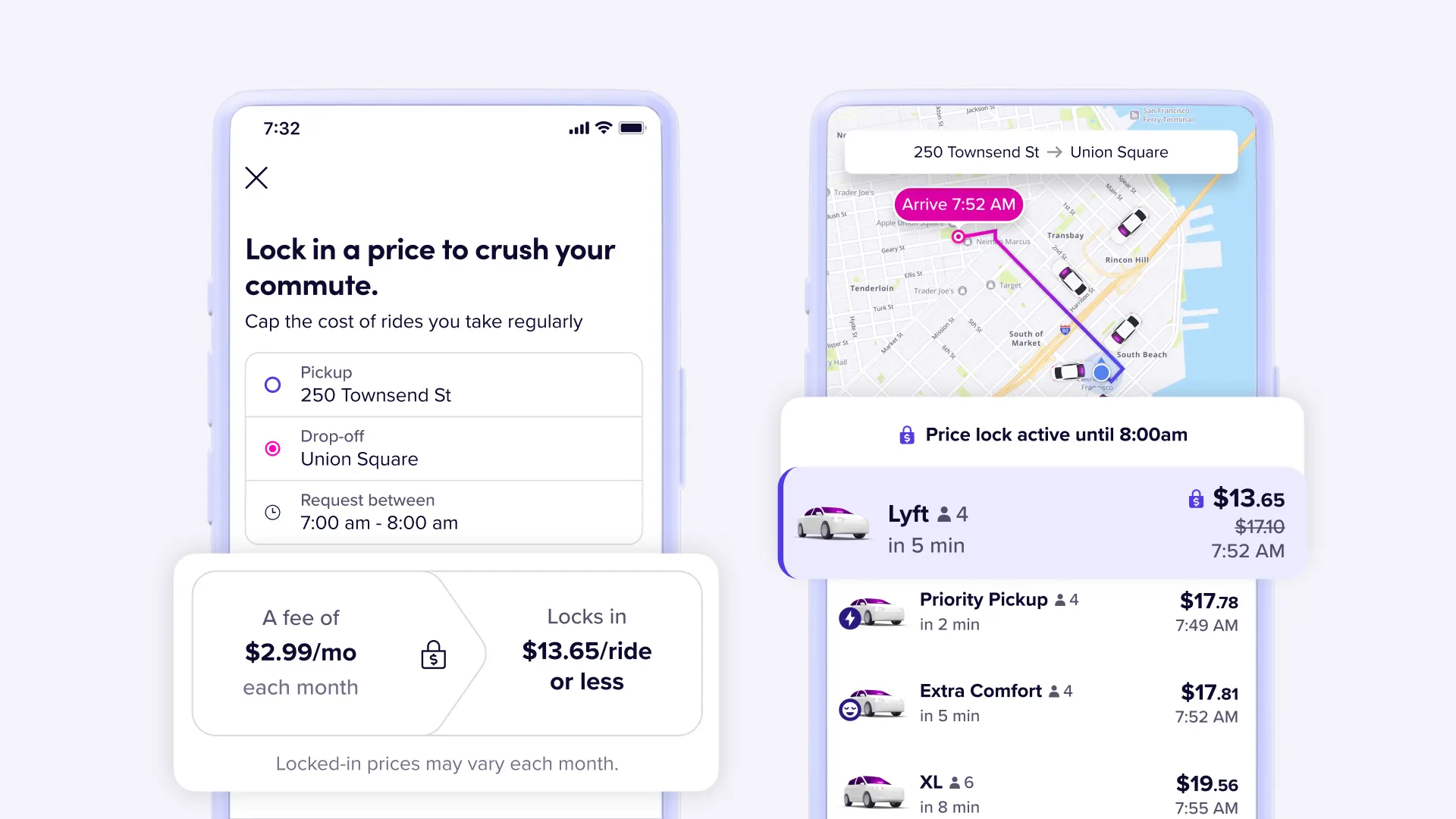Lyft to monetize “Non-Dynamic-Pricing”
Can you monetize the fact of not doing Dynamic Pricing? Yes, if you are Lyft!
TLDR: Lyft has just released a paid add-on for those who want to opt out of dynamic pricing. It’s just brilliant, and here is why. 👇
Lately, there’s been a lot of buzz around dynamic pricing (and I feel like I’ve written quite a bit on it). With dynamic pricing becoming widespread across both digital and non-digital sectors (think about the Oasis reunion), the key challenge remains: how do businesses balance profit maximization with the perception of fairness? Lyft’s approach offers a creative solution and I have to admit I just love it.
So what is this new option with Lyft? Like Uber, Lyft runs a demand-driven pricing algorithm that adapts prices to the current ride demand. The more demand, or the less the offer…the higher the prices. Easy. In some cases, this means that the same ride can cost you 2x or 3x more depending on the time of day/week.
While there is logic in this (arguably, more than in the Oasis reunion case!), a particular category is left behind by this model: regular commuters who don’t face a “one-off” choice, but instead have a routine tied to the use of cabs. Since yesterday, recurrent Lyft users can decide to pay a fix monthly fee of $2.99 per month to lock in their price for a given ride and basically “opt out” of the dynamic pricing algorithm.
Here’s why I believe Lyft’s approach is a very smart move:
✅ It leverages dynamic pricing when it makes sense.
✅It offers an option without it, increasing the feeling of fairness.
✅It deeply segments customers, mainly occasional vs. regular riders with specific needs.
✅At the same time, it creates an implicit loyalty program.
If anything, this proves that pricing is far more than just numbers—it’s a strategic lever that can shape your entire product experience.
As product professionals or business leaders, we must remember that pricing can either work for us or against us. It’s not just about revenue—it’s about customer trust, loyalty, and perception. Use it wisely!

My name is Salva, I am a product exec and Senior Partner at Reasonable Product, a boutique Product Advisory Firm.
I write about product pricing, e-commerce/marketplaces, subscription models, and modern product organizations. I mainly engage and work in tech products, including SaaS, Marketplaces, and IoT (Hardware + Software).
My superpower is to move between ambiguity (as in creativity, innovation, opportunity, and ‘thinking out of the box’) and structure (as in ‘getting things done’ and getting real impact).
I am firmly convinced that you can help others only if you have lived the same challenges: I have been lucky enough to practice product leadership in companies of different sizes and with different product maturity. Doing product right is hard: I felt the pain myself and developed my methods to get to efficient product teams that produce meaningful work.

